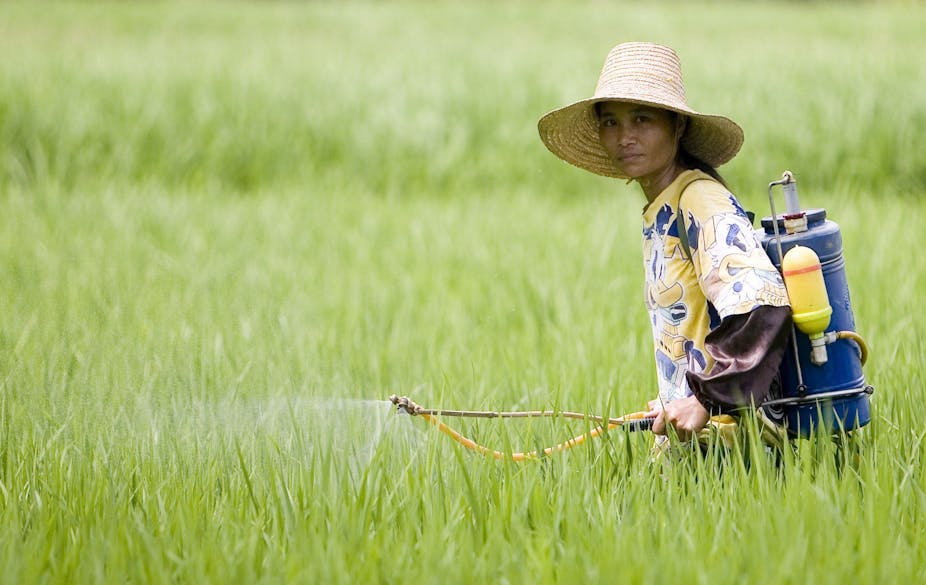We welcome the move by the Persistent Organic Pollutants Review Committee (POPRC) of the Stockholm Convention to eliminate the insecticide endosulfan from the global market, although some exemptions have been granted for developing nations.
Endosulfan residues have been detected in the polar regions and in the tissues of marine mammals and pelagic seabirds.
This demonstrated persistence of the chemical in the environment was a significant factor that contributed to the committee’s decision.
Independent of the POPRC decision, registration of endosulfan has been cancelled in Australia since October 2010 with a two year phase-out period because endosulfan “bioaccumulates and has the potential to travel long distances” and to prevent adverse environmental effects via spray drift and run-off.
Worldwide, at least 60 countries have banned or are phasing out endosulfan. Growers in these countries are already adapting to a post-endosulfan world.
However, it has been suggested that the ban of endosulfan would cause widespread famine and economic disaster.
We believe that such claims are grossly exaggerated and work on the premise that linear, engineering-type approaches offer easy solutions in complex agricultural systems.
Historically, this simplistic approach encouraged the use of environmentally persistent insecticides because persistence was assumed to ensure sustained pest control.
This promise did not eventuate.
In fact, the over-reliance on insecticides creates more problems than it solves in the long term. Since the 1950s, we have been dealing with insecticide resistance, environmental contamination, emergence of new pests and impacts on human health.
Contemporary integrated pest management strategies do not depend on a single chemical. Instead of viewing the crop and pest in isolation, this approach considers the crop, soil, climate, associated pests and beneficial organisms together.
Growers are encouraged to use a toolkit of management strategies to develop and support healthy agro-ecosystems. This modern systems approach to agriculture does not rely on “silver bullet” solutions.
Systems approaches are more challenging than the quick fix that appears to come from insecticides – beneficial organisms don’t come with instructions.
But with effective support, growers in developed and developing nations are making changes to improve agricultural sustainability while saving money and increasing yield.
A recent example from our faculty is the development of an integrated pest and disease management strategy for cocoa in Papua New Guinea. This uses an on-farm participatory approach to engage with cocoa growers and enable them to test new management practices on their own crops.
Over three years participating growers saw reduced pest and disease incidence and achieved a 30% increase in yield. A similar approach has been used with Pakistani cotton growers in a program supported by the World Wildlife Foundation.
Participating farmers reduced pesticide usage by 47% and their gross margins were 17% higher than non-participants.
The use of integrated pest management in Australian crops, including the contribution of beneficial insect producers, was highlighted in a recent ABC Landline episode. Grape and vegetable growers in Victoria and Tasmania are learning how to reduce their insecticide use and change their management practices to encourage beneficial insects that attack pests.
These growers found that integrated pest management saves money and may even give them a marketing edge.
In the new millennium, growers and researchers alike recognise the need for holistic solutions to problems of agricultural sustainability and production.
Endosulfan and most other agrochemicals are cheap because the oil they are derived from is inexpensive, but this will not be true forever.
After peak oil, it will be systems-oriented knowledge and tools that will support agriculture for future generations.

